
 |
|||
| Sponsors websites: | |||
NSW Tour of Ozbreed plantsBy Todd Layt Below are some areas where Ozbreed plants and turf have been used in NSW. These examples should help you understand which plants work in a certain situation, what the best plant is for your job and some important tips on maintenance and problems that you can learn from. AUSTRALIA’S CURRENT SEVERE DROUGHT The current downpour has stopped the drought for now, but it's Australia and it was about the worst drought in history; It will happen again. In times like this even our toughest plants like Callistemon, Lomandra and Dianella may need a helping hand. On dry roadsides and median strips there are some things that can be done to ensure survival through this toughest of times. 1) When preparing the soils for these tough spots, put extra money into making sure they are good quality and do not become hydrophobic. Use a good chunky mulch at least 50mm deep. 2) Use a wetting agent each spring with a water truck. 3) This drought has been the worst yet, and it is the driest our roadsides have ever been. In times like this a water each 6 weeks from a water truck will ensure the plants survive. 4) Do not panic. The drought will shrivel and brown plants like Lomandra Dianella and send them dormant, but when the rain comes back most will re-shoot, minus the weeds which have died. Other types of plants may find it a bit harder, as they do go dormant. 5) This happens all too often. When a section of plants die on a roadside, do not assume it is the plants. Too often we see the site replanted with another type of plant 2 to 3 times, only for them to die. Usually it is the soil, or other horticultural reasons. Check those out first. WINDSOR ROAD, SYDNEY The stars of the Windsor road roadside plantings have been Katrinus, Katrinus Deluxe, Little Jess and Tanika. They can all handle the hot roadside conditions and have outperformed many of the common forms. Katrinus has stood up to the drought handling the rock and concrete used in the landscape that on a 40 degree day often gets to 70°c. It has performed well all over Sydney with its uniformity, root rot resistance, drought tolerance and the fact that it works. If you want a sterile form with better flowers and is 20% smaller use Katrinus Deluxe. Breeze, a faster growing Dianella has worked well in some spots of Windsor road and has suffered drought damage in spots where the soil is poor, especially hydrophobic soils. It performed better than common Dianella caerulea and establishes faster than Little Jess. Even though it can brown off in severe drought and poor soils it often re-shoots after rain. Little Jess has proved itself in this tough landscape and many others that it is the most drought tolerant of Ozbreed plants or any other Dianella. It has been in some spots of Windsor road for five years. Little Jess as a border for Lomandra is ideal as it will keep the Lomandra from growing over concrete. It is slower to reach maturity so we suggest that 90mm pots or larger should be used. At some sites Little Jess needs trimming after 10 years, some after five and some after four depending on how well the site is irrigated. On Windsor road the Little Jess has never been trimmed and is still looking good after five years. Tanika has done really well on this site, with test sites still running after six years, never needing trimming or irrigation after establishment. Tanika also worked well as an understorey planting when plants such as Breeze could not handle the dry conditions where the Eucalyptus sucked out the moisture. PROBLEMS ON WINDSOR ROAD: NOT THE PLANTS FAULT Planting of Couch next to Natives has been a big maintenance problem as spraying the Couch with Round Up has killed a lot of plants. Fusillade will not kill plants like Lomandra and Dianella and is labelled for use on roadsides. Empire turf is a much better alternative to Couch as it is not invasive and won’t need Round Up sprayed. Getting the right design, turf and plant is important. On Windsor road Empire was specified but invasive Couch was substituted, so bigger plants such as Katrinus should have been used as it is big enough to shade out Couch. Plants that had been specified on Windsor Road had been substituted for some areas. Common Dianella caerulea was substituted for Breeze and it has now died all over the place. The substitution of the wrong plant often leads to failure. We now have a certificate of authenticity for Ozbreed plants. If you want the right plant ask for the certificate of authenticity in the specification or quality assurance. Red dye disease (Round Up death) has been seen all too often on roadsides. No plant can live through maintenance stupidity. So when you see dead areas of plants, understand it is usually not the plants fault. No matter how good a plant is it will need some replanting. LANE COVE TUNNEL AND NORTH SHORE TRAIN STATION Little Jess, Breeze and Tanika have been at this site for three years and are still going strong. Tanika and Breeze are doing well in a completely concrete surrounding. Revelation is another plant that has done well and seems to be better suited to Sydney than other Dianella revoluta types. Still avoid areas that receive periodic wet feet for Revelation. Little Jess and Breeze have been used at North Shore and have been in for three years. At the Lane Cove Tunnel site in many parts Little Jess has been used on lower parts of pathways as it can handle water running off from the path, while Revelation has been used on higher parts along the pathways to limit its exposure to wet feet. Some alternatives for the lower part of the path could have been Katie Belles, Tropic Belle, King Alfred, Nafray or Pennstripe. Some alternatives for the higher part could have been Katrinus Deluxe, Tanika or even Little Jess if a lower growing plant is needed. WEST RYDE Little Jess and Tanika have been used on Victoria road at West Ryde. These plants do get some irrigation and may need pruning after five years. We see Little Jess a lot doing well and other plants next to it dying. CENTRAL COAST Five years after planting on this site many plantings have thinned out and died but not Little Jess, it keeps on thriving. Kingsdale has been used for replanting the ground cover that died previously in the same spot. When planted from 90mm or 140mm pots Little Jess establishes quicker and ensures a long lived plant that will out-compete weeds. Also on this site Tanika has performed well while the Phormium plants have surrendered to hot summers. Tanika is known as one of the most kid friendly plants for play grounds as it is non scratchy and kid tough. In a playground the more mature plants used, the better (200mm pots are better than 140mm). On Wyong road Tanika has survived almost seven years with no trimming and no irrigation. It has stayed evergreen in the median strip for all that time. SOUTHERN NSW After three years Tasred and Little Rev have performed very well on a roadside in Nowra. Little Rev has remained maintenance free but Tasred may require leaves trimmed infrequently. At Albury the plants Tanika, Little Rev and Katrinus Deluxe have performed very well in a car park planting. They all have the ability to cope with no irrigation once they are established. NORTHERN NSW At Taree Tanika is working well even in Northern NSW in more humid areas. A couple of tips would be to give them plenty of room (3-4 per m²), use a chunky mulch and most of all avoid planting in depressions. King Alfred is also working well at Taree, Bunnings. Larger spacing of Tanika proves a success at a Taree round a bout. This Tanika has been here for 6 years and is still performing well. A long term planting of Tanika is working well at Port Macquarie. Also at Port Macquarie a roadside planting of Tanika and Little Jess is living off natural rainfall. Savanna Blue planted in gravel mulch proves a winning combination at Port Macquarie. Empire has been working well throughout NSW. This is just one of the many sites, a moderately shady spot on the main street of Sawtell. Empire truly saves in maintenance and this is why the RTA has recommended it for many roadsides. Pennstripe has also been used further north. It gives the best contrast and is a very tough plant. It works all over Australia. |
||||||||||||||||||||||||||||||||||||||||||||||||||
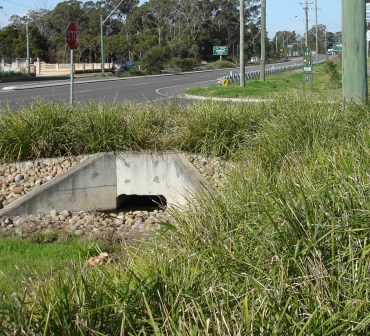 |
||||||||||||||||||||||||||||||||||||||||||||||||||
| Katrinus along Windsor road | ||||||||||||||||||||||||||||||||||||||||||||||||||
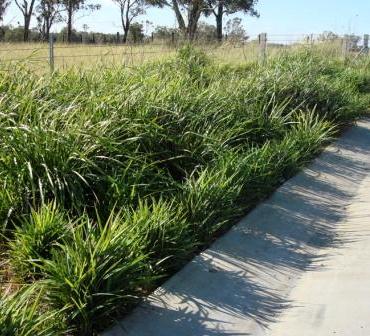 |
||||||||||||||||||||||||||||||||||||||||||||||||||
| Little Jess as border, Katrinus behind | ||||||||||||||||||||||||||||||||||||||||||||||||||
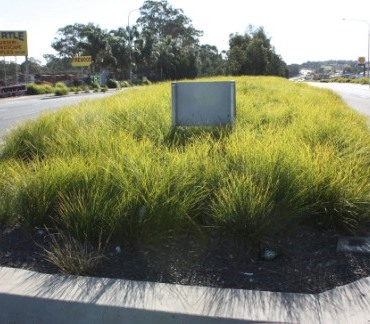 |
||||||||||||||||||||||||||||||||||||||||||||||||||
| Tanika test site, still going after six years | ||||||||||||||||||||||||||||||||||||||||||||||||||
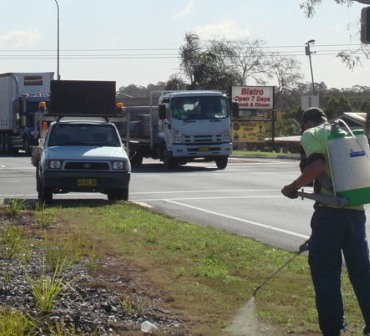 |
||||||||||||||||||||||||||||||||||||||||||||||||||
| Round Up spraying of Couch kills surrounding plants | ||||||||||||||||||||||||||||||||||||||||||||||||||
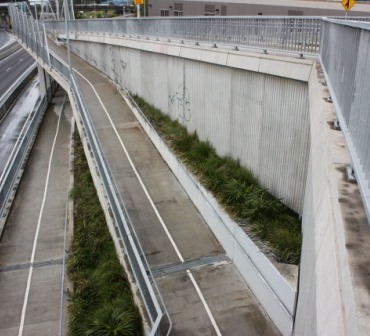 |
||||||||||||||||||||||||||||||||||||||||||||||||||
| Tanika and Breeze, Lane Cove | ||||||||||||||||||||||||||||||||||||||||||||||||||
 |
||||||||||||||||||||||||||||||||||||||||||||||||||
| Tanika along Wyong road | ||||||||||||||||||||||||||||||||||||||||||||||||||
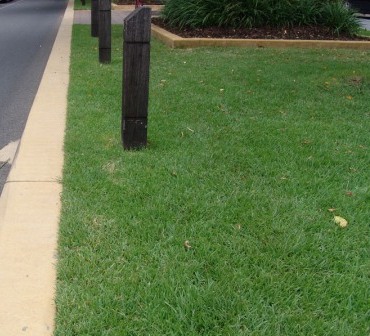 |
||||||||||||||||||||||||||||||||||||||||||||||||||
| Empire at Sawtell | ||||||||||||||||||||||||||||||||||||||||||||||||||
| More photos of Windsor Road | ||||||||||||||||||||||||||||||||||||||||||||||||||
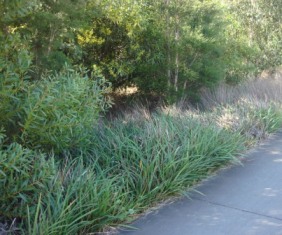 |
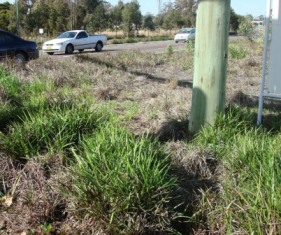 |
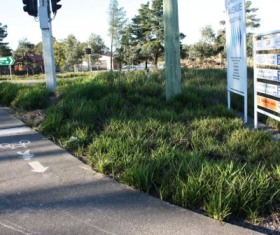 |
||||||||||||||||||||||||||||||||||||||||||||||||
| Breeze in good soil | ||||||||||||||||||||||||||||||||||||||||||||||||||
| Breeze in bad soil, Little Jess survives | Breeze reshoots at the same site | |||||||||||||||||||||||||||||||||||||||||||||||||
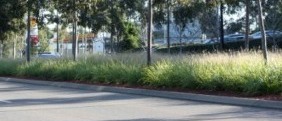 |
||||||||||||||||||||||||||||||||||||||||||||||||||
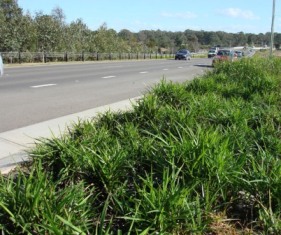 |
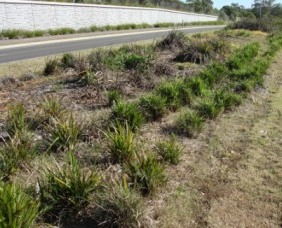 |
|||||||||||||||||||||||||||||||||||||||||||||||||
| Nafray on inside, Katrinus Deluxe on outside | ||||||||||||||||||||||||||||||||||||||||||||||||||
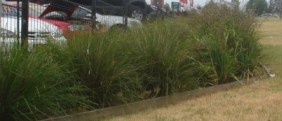 |
||||||||||||||||||||||||||||||||||||||||||||||||||
| Little Jess | Substitution of Breeze for common Dianella (top of photo) | |||||||||||||||||||||||||||||||||||||||||||||||||
| Tanika and King Alfred | ||||||||||||||||||||||||||||||||||||||||||||||||||
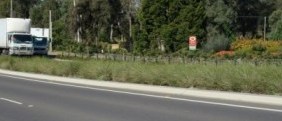 |
||||||||||||||||||||||||||||||||||||||||||||||||||
| Tanika, 5 yrs old | ||||||||||||||||||||||||||||||||||||||||||||||||||
| More photos of Lane Cove, North Shore and West Ryde | ||||||||||||||||||||||||||||||||||||||||||||||||||
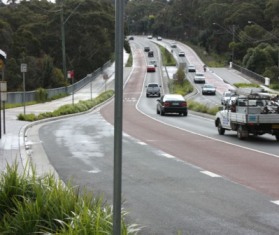 |
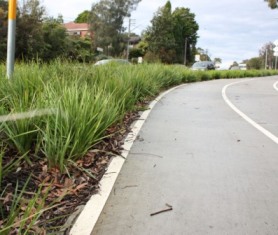 |
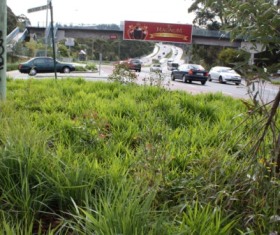 |
||||||||||||||||||||||||||||||||||||||||||||||||
| Breeze, Lane Cove | Revelation, Lane Cove | Revelation and Little Jess, Lane Cove | ||||||||||||||||||||||||||||||||||||||||||||||||
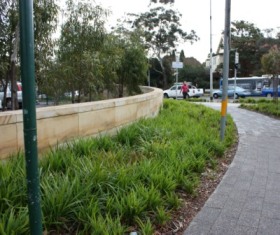 |
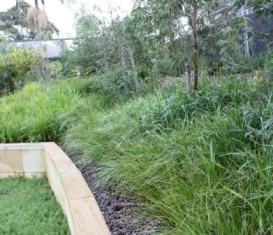 |
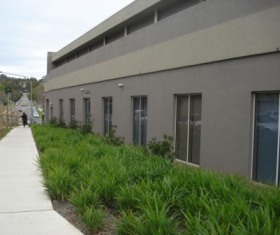 |
||||||||||||||||||||||||||||||||||||||||||||||||
| Breeze (back) and Little Jess (front), North Shore | Little Jess (back), Tanika (front) and Breeze (right) at North Shore | Little Jess at West Ryde | ||||||||||||||||||||||||||||||||||||||||||||||||
| More photos of the Central Coast | ||||||||||||||||||||||||||||||||||||||||||||||||||
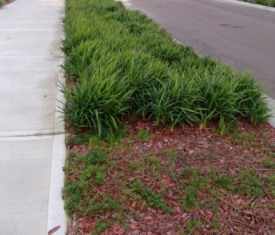 |
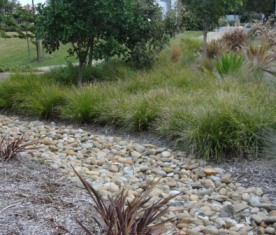 |
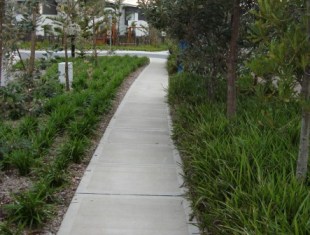 |
||||||||||||||||||||||||||||||||||||||||||||||||
| Little Jess looking great while the other plant is thinning out | ||||||||||||||||||||||||||||||||||||||||||||||||||
| Tanika doing well after 5 yrs, the Phormiums have surrendered to hot summers | Little Jess doing great again (5 yrs old on right, younger planting on left) | |||||||||||||||||||||||||||||||||||||||||||||||||
| More photos of Southern NSW | ||||||||||||||||||||||||||||||||||||||||||||||||||
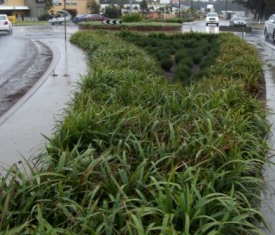 |
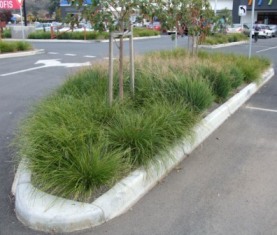 |
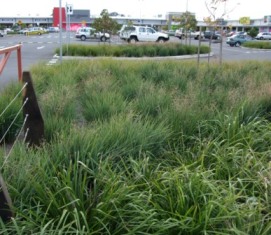 |
||||||||||||||||||||||||||||||||||||||||||||||||
| Tasred and Little Rev, 3 yrs old | Tanika, Little Rev and Katrinus Deluxe | Katrinus Deluxe and Little Rev | ||||||||||||||||||||||||||||||||||||||||||||||||
| More photos of Northern NSW | ||||||||||||||||||||||||||||||||||||||||||||||||||
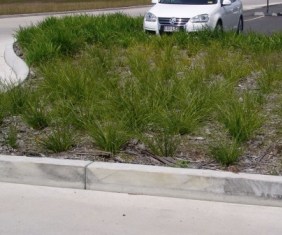 |
 |
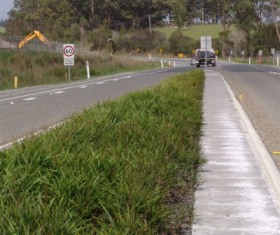 |
||||||||||||||||||||||||||||||||||||||||||||||||
| Tanika at Taree (read section above for conditions of planting Tanika in humid areas) | King Alfred at Taree | Little Jess (front) and Tanika (back) at Port Macquarie | ||||||||||||||||||||||||||||||||||||||||||||||||
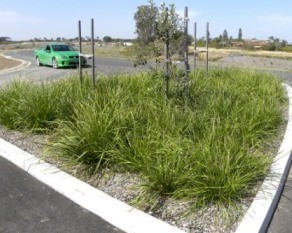 |
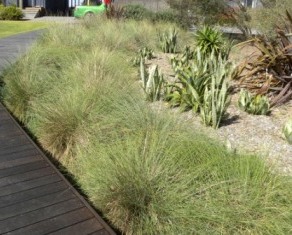 |
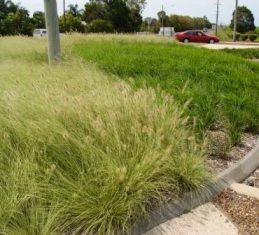 |
||||||||||||||||||||||||||||||||||||||||||||||||
| Katrinus Deluxe at Diamond Beach | Kingsdale at Diamond Beach | Pennstripe, King Alfred and Little Jess (back) used further north | ||||||||||||||||||||||||||||||||||||||||||||||||
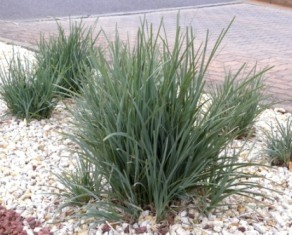 |
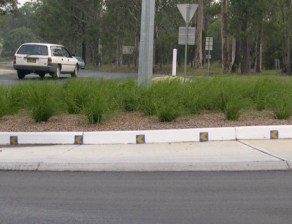 |
|||||||||||||||||||||||||||||||||||||||||||||||||
| Tanika, Taree (6 yrs old) | ||||||||||||||||||||||||||||||||||||||||||||||||||
| Savanna Blue, Port Macquarie | ||||||||||||||||||||||||||||||||||||||||||||||||||